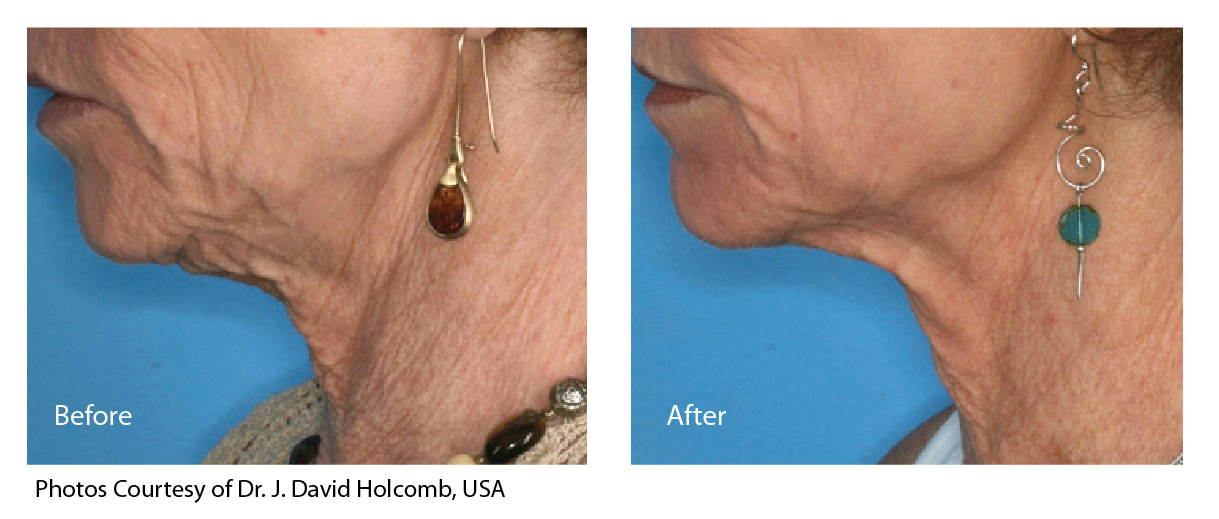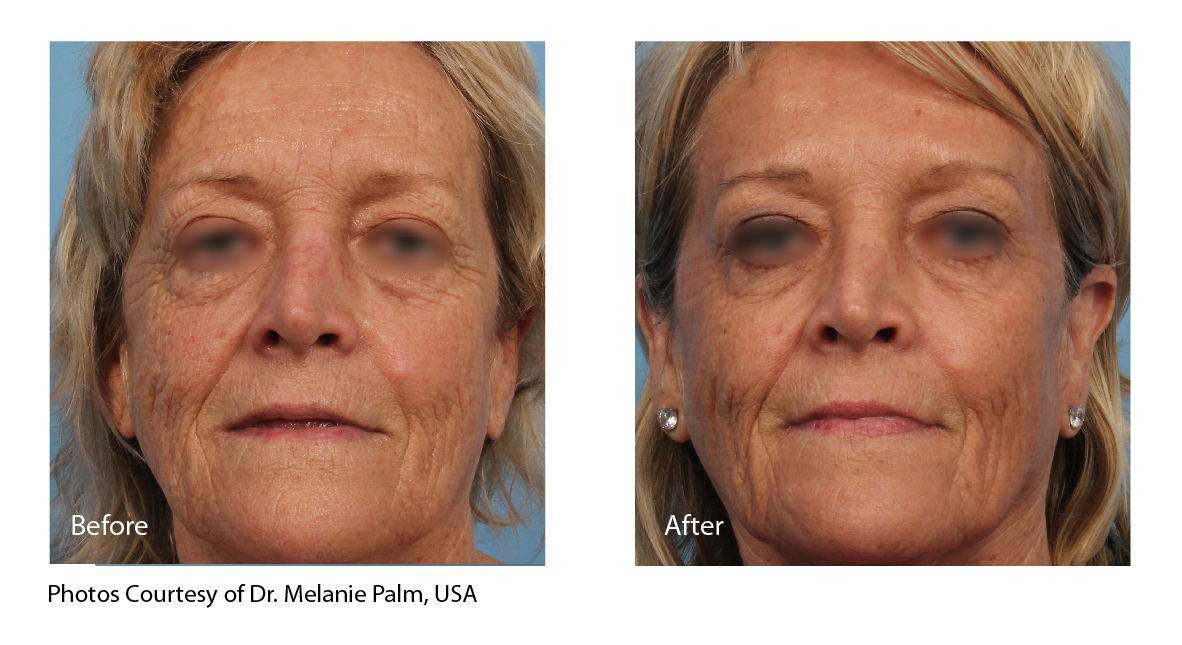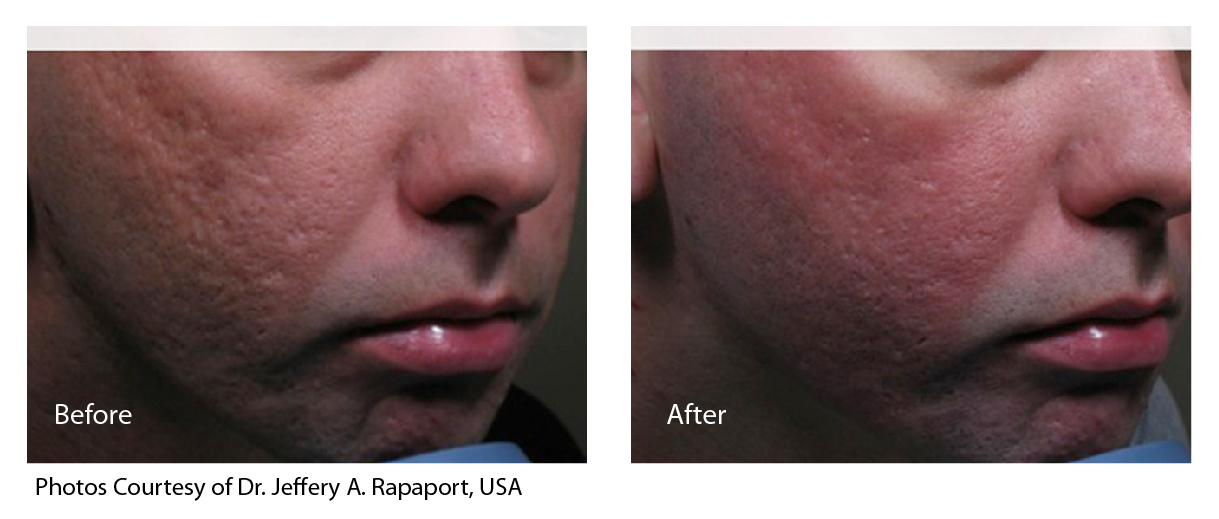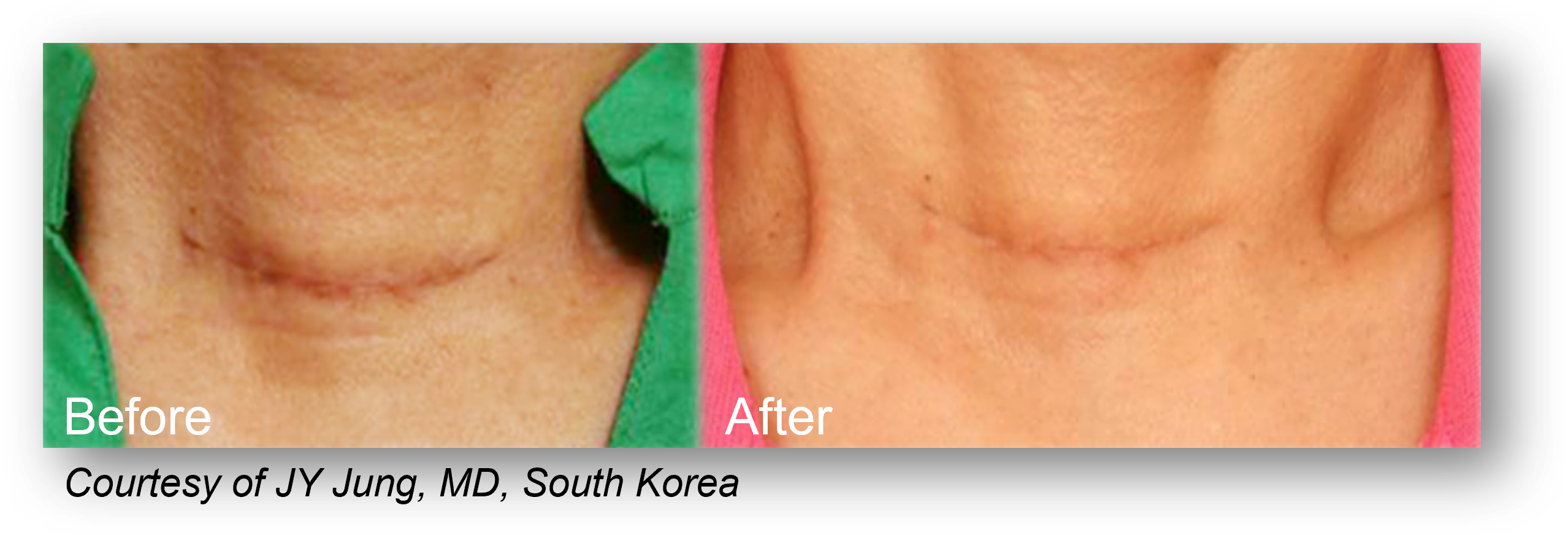eCO2 Laser
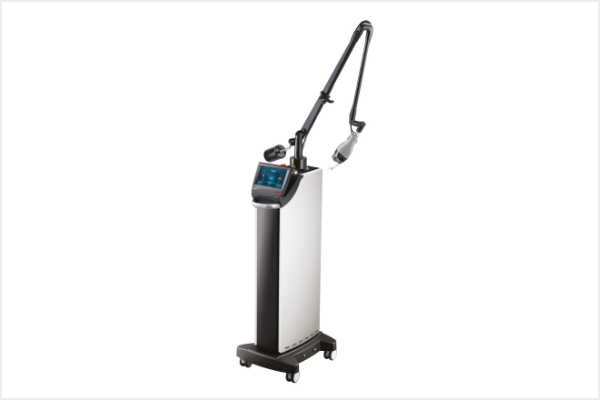
CO2 LASER TREATMENT LOS ANGELES, CALIFORNIA
Reveal smoother, younger skin with fractional CO2 laser. CO2 laser is the premier laser treatment to deeply rejuvenate sun-damaged, aging skin. Fractional CO2 laser treats the skin in targeted microcolumns, kickstarting collagen production, rejuvenating texture, and also improving skin laxity. Treatment density and energy settings can be tuned in intensity, making CO2 laser resurfacing treatments suitable for fine to deep lines and wrinkles, acne scarring, scar improvement, sun damage, uneven skin tone, non-melasma pigmentation, and even skin laxity. At DSC, we utilize CO2 laser technology to deliver highly customizable treatments for your skin type and concerns.
CO2 laser resurfacing is the deepest available laser resurfacing treatment, making CO2 laser suitable to treat even deep rhytids (wrinkles) and severe acne scars. CO2 lasers are classified as infrared lasers because they feature a 10600nm wavelength. This means that they utilize heat to rejuvenate and resurface the skin, vaporizing tissue in treated areas. The heat from CO2 laser energy can also result in tightening of treated skin due to tissue contraction.
Fractional lasers make treatments more tolerable, reduce downtime, increase the range of treatable skin types, and make treatments customizable from mild to intense. Fractional lasers differ from fully ablative lasers in that they treat a selected fraction of the skin in targeted microcolumns rather than treating 100% of the skin that the laser passes over. This spares surrounding tissue from exposure to laser energy, which in turn reduces treatment discomfort, widens the range of treatable skin types, and reduces downtime. Density (the percentage of skin that is treated) and laser energy fluence can be adjusted for light to aggressive treatments, depending on skin type and concern. CO2 laser can also be combined with other laser or aesthetic treatments to synergistically achieve skin rejuvenation.
Ready to refresh your skin and restore your confidence? Schedule your complimentary consultation with DSC to see if a CO2 laser treatment is right for you!
FAQ’s
Am I a candidate for CO2 laser treatment?
Intensity of CO2 laser treatment will depend on skin type and skin condition. Because fractional CO2 treats a targeted percentage of skin rather than 100% of skin (like fully ablative CO2), this widens the range of skin types suitable for treatment.
Mild to moderate CO2 laser resurfacing treatments for rejuvenation are well tolerated by skin types I-III. With proper pre- and post-treatment and experienced providers, skin types IV and V can be treated with mild CO2 laser for rejuvenation, subject to a case-by-case basis. For skin type VI, shorter wavelength laser treatments such as Erbium laser or 1064nm laser (e.g. Pico laser) may be more suitable for resurfacing or rejuvenation purposes due to risk of post-inflammatory hypo- or hyperpigmentation (PIH).
Skin types I-II can be candidates for aggressive CO2 laser resurfacing treatments with proper pre- and post-treatment care.
For targeted revision treatments, such as acne scar treatment or scar rejuvenation, CO2 laser can be employed as a treatment alongside adjunctive treatments for best results for skin types I-V on a case-by-case basis alongside pre- and post-treatment protocols.
What is a CO2 laser treatment like?
First, skin will be assessed to determine suitability for treatment. Topical numbing cream is applied to the skin to reduce discomfort. Once treatment is ready to begin, the topical numbing cream is removed and skin is cleansed. If necessary, locally injected numbing or a nerve block can be provided depending on treatment. During treatment, eye protection is provided in the form of goggles to protect vision. An air chiller is available during treatment to reduce discomfort if necessary. The laser feels like heat and “electric rain” on the skin. After treatment is concluded, cooling is provided in the form of ice packs and a cooling mask.
What areas can be treated with CO2 laser?
The most common areas treated with CO2 laser are the face, neck, and areas on the face (e.g. around the eyes and around the mouth). CO2 lasers can also treat the chest, decolletage, backs of the hands, and even arms and legs as necessary.
What precautions should I take before getting a CO2 laser treatment?
Avoid sun exposure for a minimum of two weeks before treatment. Reschedule your appointment in case of illness, vaccinations, antibiotic use, or cold sore outbreak within the two weeks before treatment. Daily application of a broad-spectrum SPF is required before and after treatment. Discontinue usage of harsh topicals (retinoids, chemical exfoliants, pigment inhibiting products) a few days before treatment. Prophylactic dispensing of valacyclovir may be recommended for those at risk of cold sores arising after treatment.
For those undergoing aggressive CO2 laser treatments, pigment-inhibiting topicals may be recommended for pre-treatment of the skin to help minimize the risk of post-inflammatory hyperpigmentation.
How many CO2 laser treatments do I need?
The number of recommended treatments will vary depending on skin type and purpose of treatment. The higher the Fitzpatrick skin type, the more conservative treatment settings need to be, thereby necessitating more treatments.
For fully ablative or more aggressive treatments, it can be possible to achieve excellent results in one or two treatments (with the caveat that downtime is more extensive, in the range of weeks to months).
For individualized recommendations, please feel free to contact us for a complimentary consultation.
How much downtime is there after CO2 laser?
Downtime after CO2 laser will vary based on treatment intensity. CO2 downtime can include redness, swelling, peeling, flaking of the skin, oozing, discomfort, crusting, and even discoloration. Specific instructions will be provided for post-treatment care.
For mild treatments, downtime may last for a few days. For moderate treatments, downtime may last for days to weeks. For aggressive treatments, downtime can range from weeks to months. Persistent redness can linger for weeks to months after aggressive to fully ablative treatments even in skin types I and II. Post inflammatory hyperpigmentation (PIH) is possible and can persist for weeks to months for more aggressive skin revision treatments, especially in darker skin types.
Adjunctive laser treatments and topicals may be recommended prophylactically or post-treatment in order to help fade redness or PIH.
Aesthetic Laser
Cosmetic Procedures – Skin Care – Body Treatments
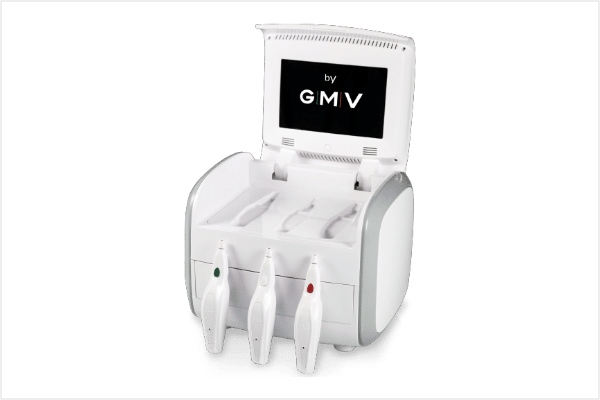
Plexr Plus
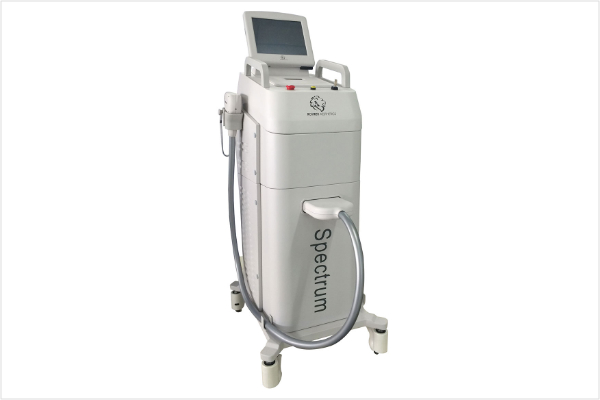
The Erbium: Yag Laser
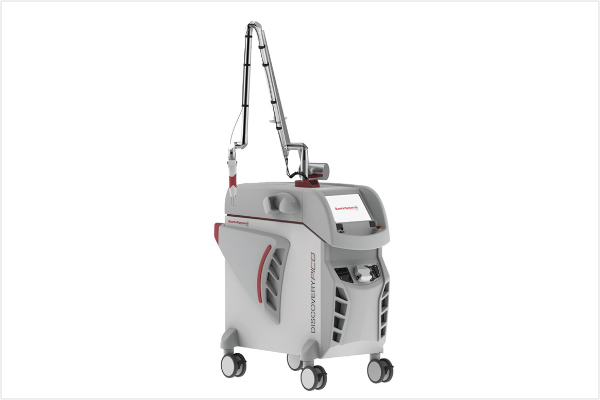
Pico Discovery
Client’s Testimonials
A Bit of Our Trusted Reviews
“First time laser treatment here! Great service and knowledgable staff. Highly recommend people who are looking for any beauty service. The front desk is very friendly!”
- Winnie Y., Pasadena, CA
“Went in so I can check out the laser treatments offered. I asked alot of questions and tried to side track the consultation lady but she seemed to know what she was talking about. I ended up going with an acne facial first then I will have laser treatments for my mild acne spots.”
- Mommy S.Azusa, CA
“Went in so I can check out the laser treatments offered. I asked alot of questions and tried to side track the consultation lady but she seemed to know what she was talking about. I ended up going with an acne facial first then I will have laser treatments for my mild acne spots.”
